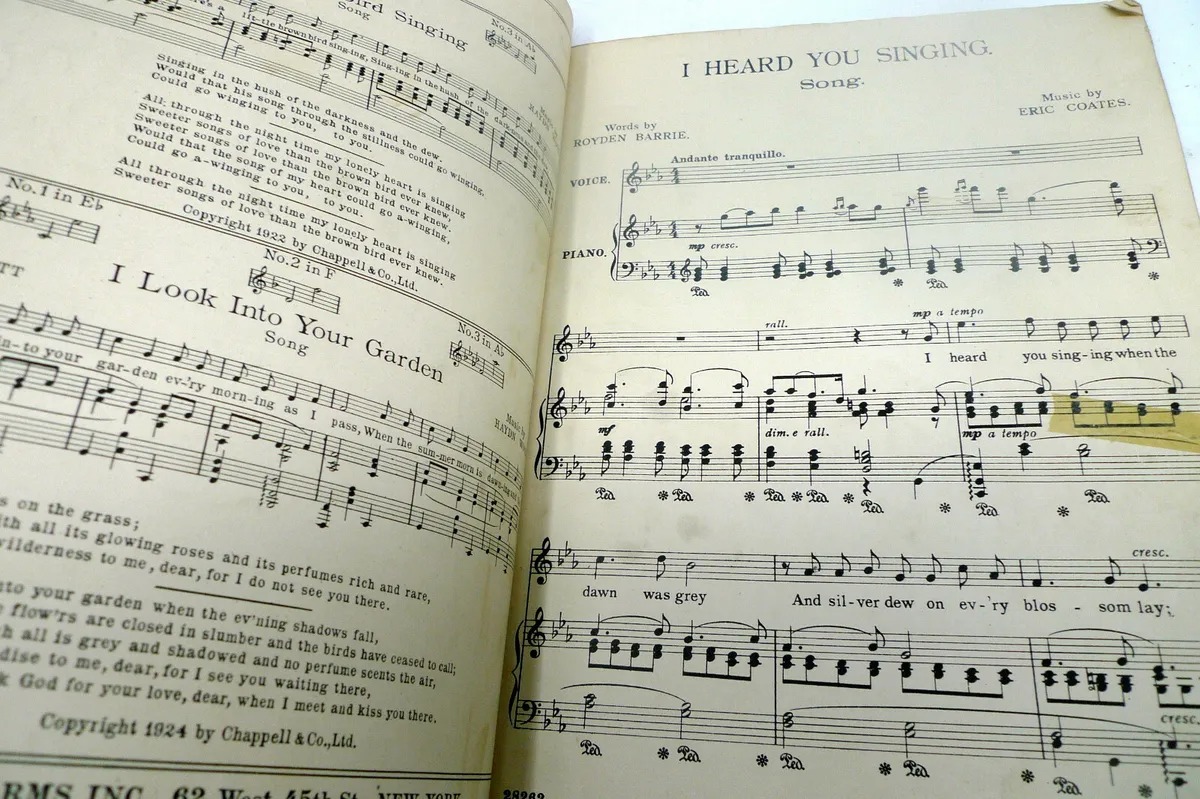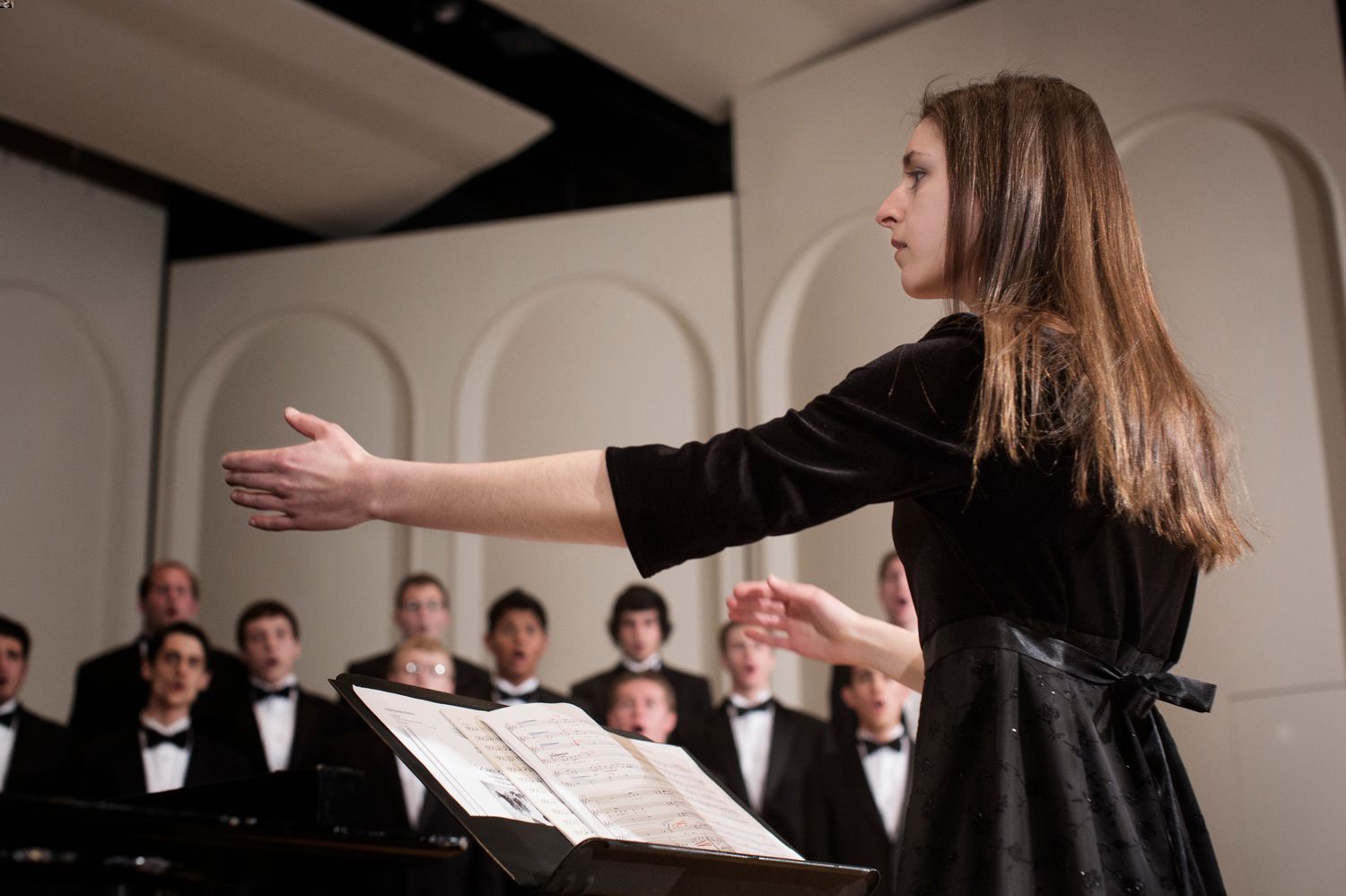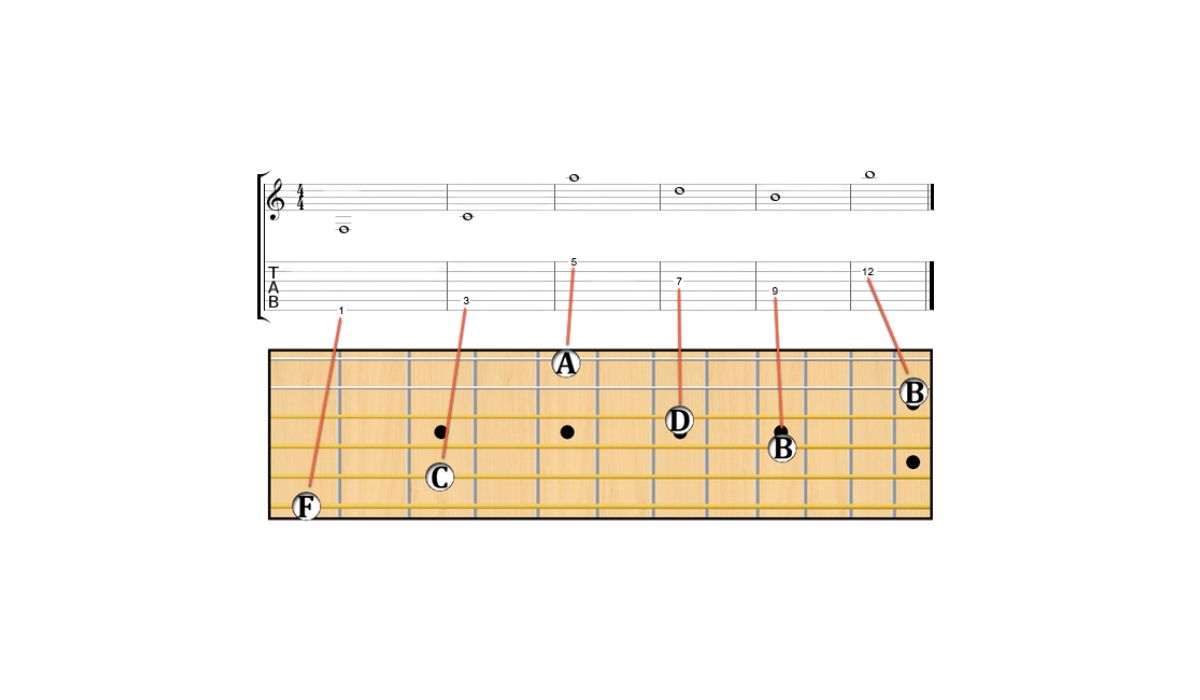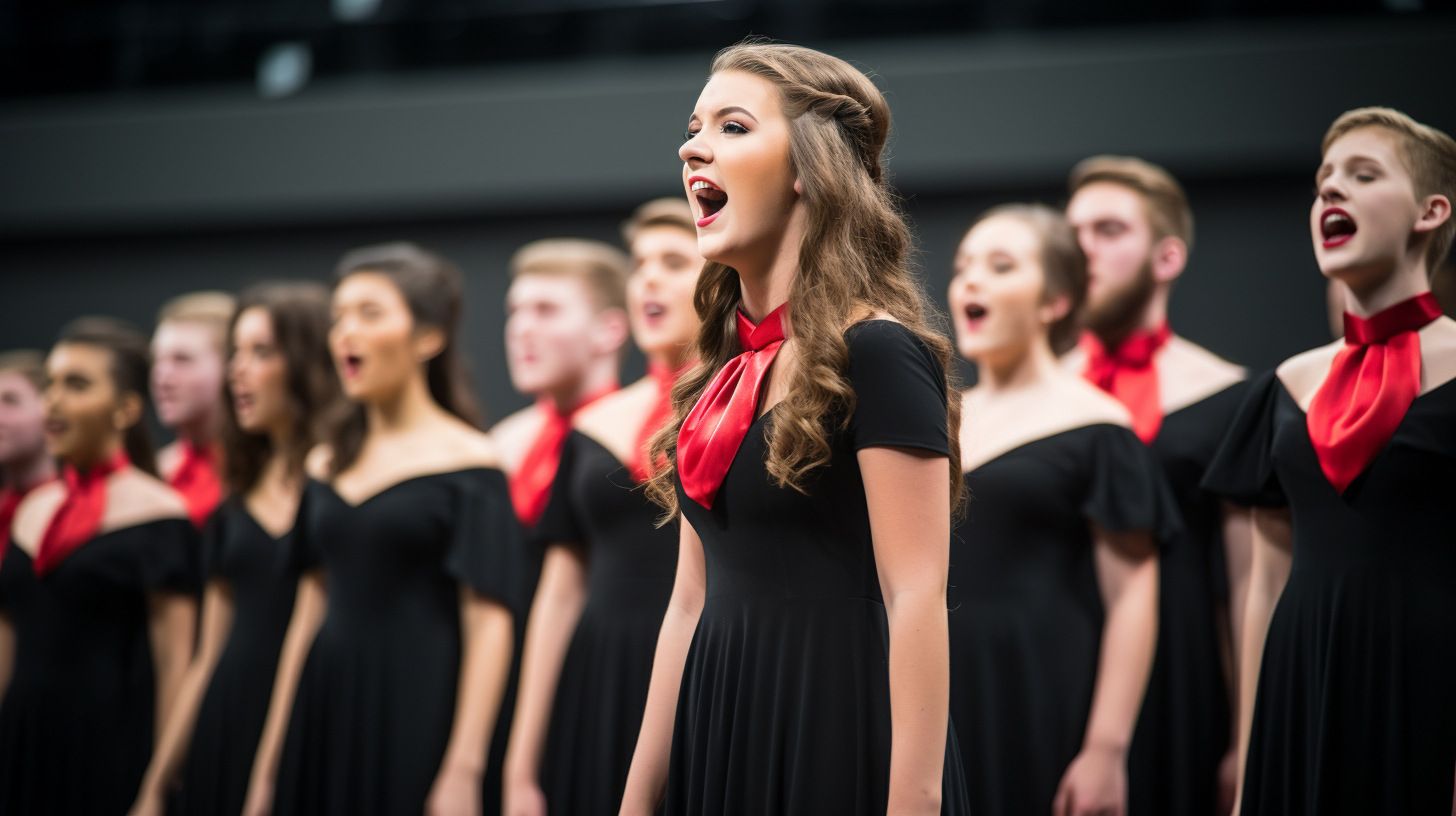Home>Production & Technology>Choir>How To Sight-Read Choir


Choir
How To Sight-Read Choir
Published: February 23, 2024
Learn how to sight-read choir music with our expert tips and techniques. Improve your choir performance and confidence with our proven methods.
(Many of the links in this article redirect to a specific reviewed product. Your purchase of these products through affiliate links helps to generate commission for AudioLover.com, at no extra cost. Learn more)
Table of Contents
Understanding the Basics of Sight-Reading
Sight-reading is a fundamental skill for any choir member, enabling them to sing a piece of music without prior rehearsal. It involves interpreting and performing a musical piece in real-time, relying on musical notation and one's understanding of rhythm, pitch, and dynamics. This skill is invaluable in choral settings, as it allows choirs to learn and perform new music efficiently. To master sight-reading, one must grasp the essential components and develop a keen musical intuition.
Musical Notation
Musical notation serves as the roadmap for sight-reading. It includes symbols, notes, rhythms, and dynamics that guide the singer through the musical piece. Familiarity with the staff, clefs, key signatures, and time signatures is crucial for interpreting the music accurately. Additionally, understanding the relationship between notes and their duration is essential for maintaining the rhythm and tempo while sight-reading.
Rhythmic Accuracy
Sight-reading demands a strong sense of rhythm. It requires singers to accurately interpret the duration and timing of notes, rests, and rhythmic patterns. By internalizing common rhythmic patterns and understanding time signatures, choir members can navigate through the music with precision, ensuring that the ensemble stays synchronized and cohesive.
Pitch Recognition
A key aspect of sight-reading is the ability to identify and produce the correct pitches. This involves understanding intervals, scales, and the relationship between notes within a key signature. Developing a keen ear for pitch recognition enables choir members to sing the correct notes without prior rehearsal, contributing to a harmonious and melodious performance.
Dynamics and Expression
Sight-reading encompasses more than just hitting the right notes; it also involves conveying the dynamics and expression indicated in the musical score. Understanding markings such as crescendo, decrescendo, forte, piano, and other expressive notations adds depth and emotion to the performance, elevating the overall musical interpretation.
Musical Intuition
Beyond the technical aspects, sight-reading requires intuition and adaptability. Choir members must anticipate the musical progression, internalize the phrasing, and make real-time decisions to convey the intended musical expression. Cultivating musical intuition through regular practice and exposure to diverse musical styles is essential for becoming a proficient sight-reader.
Understanding these fundamental aspects of sight-reading provides a solid foundation for developing this invaluable skill. As choir members delve into the world of sight-reading, honing these basics will empower them to confidently tackle new musical pieces and contribute to the collective harmony of the choir.
Developing Sight-Reading Skills
Developing proficient sight-reading skills is a journey that requires dedication, practice, and a strategic approach. As choir members embark on this musical endeavor, they can employ various techniques to enhance their sight-reading abilities and become adept at interpreting and performing music on the spot.
Regular Practice
Consistent and deliberate practice is the cornerstone of honing sight-reading skills. Choir members can set aside dedicated time for sight-reading exercises, incorporating a diverse range of musical pieces to broaden their repertoire. By regularly exposing themselves to unfamiliar music, they can strengthen their ability to interpret new compositions with confidence and accuracy.
Sight-Reading Exercises
Engaging in targeted sight-reading exercises is instrumental in building proficiency. These exercises can include reading through short musical passages, focusing on specific aspects such as rhythm, intervals, or dynamics. Additionally, practicing sight-reading in varying time signatures and key signatures cultivates adaptability and versatility, equipping choir members to navigate through diverse musical compositions effectively.
Utilizing Solfege
Integrating solfege, a vocal exercise that assigns syllables to musical notes, can significantly enhance sight-reading skills. By associating specific syllables with corresponding pitches, choir members develop a strong sense of relative pitch and interval recognition. This method facilitates the internalization of melodic patterns, enabling singers to navigate through musical passages with greater ease and accuracy.
Group Sight-Reading Sessions
Participating in group sight-reading sessions within the choir fosters a collaborative learning environment. Choir members can come together to sight-read new pieces collectively, allowing for mutual support, feedback, and the opportunity to harmonize and blend their voices in real time. This collaborative approach not only enhances individual sight-reading skills but also strengthens the ensemble's cohesion and musical synergy.
Seeking Feedback
Receiving constructive feedback from choir directors, vocal coaches, or fellow choir members is invaluable in the development of sight-reading proficiency. Constructive criticism and guidance can shed light on areas for improvement, helping singers refine their sight-reading technique, interpretive skills, and overall musical expression.
Embracing Challenges
Embracing challenging musical pieces during sight-reading practice encourages growth and skill refinement. Tackling complex rhythms, intricate melodies, and unfamiliar harmonies expands the musical aptitude of choir members, elevating their confidence and adaptability when encountering new repertoire in choir performances.
By incorporating these strategies into their musical journey, choir members can embark on a transformative path toward mastering the art of sight-reading. Through dedication, perseverance, and a passion for musical expression, they can cultivate a profound ability to interpret and perform music with spontaneity and artistry, enriching the choral experience for both performers and audiences alike.
Tips for Sight-Reading in a Choir Setting
Sight-reading within a choir setting presents a unique set of challenges and opportunities, requiring cohesion, adaptability, and a collective approach to interpreting and performing music on the spot. To navigate this musical endeavor with confidence and finesse, choir members can embrace the following tips tailored specifically for the choral environment.
1. Establish a Unified Approach
In a choir setting, unity is paramount. Before delving into sight-reading a new piece, take a moment to collectively review the musical notation, identify key rhythmic and melodic motifs, and discuss interpretive nuances. Establishing a shared understanding and approach sets the stage for a harmonious and synchronized performance.
2. Emphasize Listening and Blending
Listening attentively to the surrounding vocal parts and blending seamlessly with fellow choir members are essential during sight-reading. Maintain awareness of the ensemble's overall sound, adjust your vocal dynamics to complement the group, and strive for a balanced and cohesive sonic tapestry.
3. Leverage Sectional Support
Within the choir, sectional support fosters confidence and accuracy during sight-reading. Encourage sectional leaders or experienced members to provide guidance and assistance, particularly in navigating challenging passages or intricate harmonies. Leveraging the collective knowledge and expertise within each vocal section enhances the choir's overall sight-reading proficiency.
4. Prioritize Musical Direction
While sight-reading, prioritize the conductor's musical direction and interpretive cues. Remain attentive to the conductor's gestures, dynamics, and expressive indications, allowing the collective interpretation to unfold cohesively. Aligning with the conductor's vision enhances the choir's ability to convey the intended musical expression in real time.
5. Foster Flexibility and Adaptability
Sight-reading in a choir setting demands flexibility and adaptability. Embrace unexpected musical twists, tempo variations, or dynamic shifts with poise and agility. Cultivate a mindset that welcomes musical surprises and empowers the choir to navigate through diverse repertoire with grace and confidence.
6. Embody Confidence and Resilience
Confidence is key when sight-reading in a choir. Approach each musical passage with a resilient and assured mindset, trusting in your individual preparation and the collective strength of the ensemble. Embodying confidence not only elevates your personal performance but also contributes to the choir's overall assurance and musical impact.
7. Reflect and Learn
After a sight-reading session, take a moment for reflection and collective feedback. Discuss the challenges encountered, celebrate moments of cohesion and musical synergy, and identify areas for growth. Embracing a reflective approach nurtures continuous improvement and fosters a supportive learning environment within the choir.
By embracing these tailored tips for sight-reading in a choir setting, choir members can enhance their collective proficiency, elevate their musical cohesion, and embark on a harmonious journey of spontaneous musical expression within the choral landscape.











